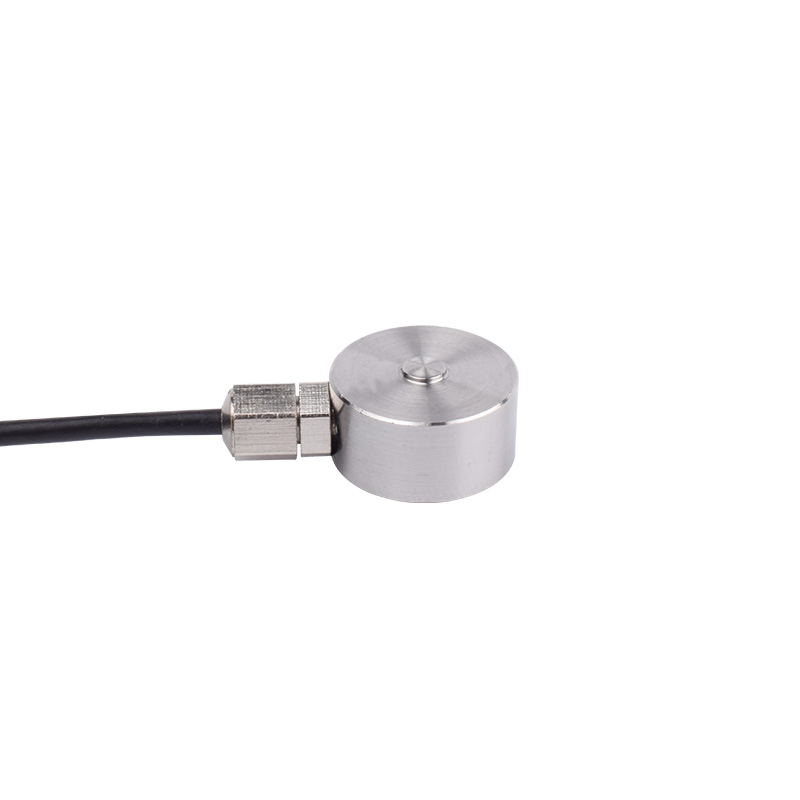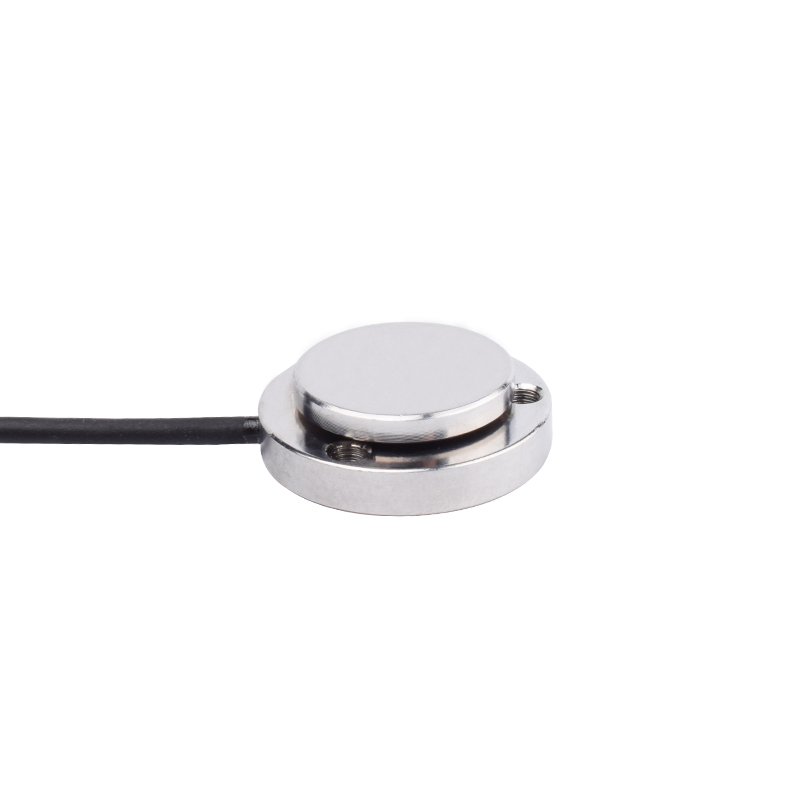Precautions for the use of force sensors
The use of force sensors involves the following main steps:
1. Installation: When installing the force sensor, first check whether there are any scars on the surface of the product, whether the mounting bracket is firm and reliable, especially the cable and plug of the sensor, and avoid any external impact to prevent deformation. Avoid any external impact during installation, adjust the zero point to ensure the accuracy of the measured force value and the actual value. The force sensor should be kept away from heat and vibration sources, and installed in a constant temperature, humidity and dust-proof environment as much as possible. For small force sensors, install them on a stable, flat surface and make sure that the installation position can accurately reflect the actual force situation to avoid excessive force application and distortion.
2. Connect the circuit: Connect the transducer leads to a data acquisition system or signal conditioner. The transducer typically has four wires, two for power and two for signal output. Be sure the connections are made correctly to avoid signal loss or damage to the transducer.
3. Apply force: When applying force, be sure to apply the force in the direction of the sensor's measurement. The transducer's strain gages will deform slightly in response to the force, changing the resistance value. Small force sensors must be tested and calibrated at standard force levels to ensure accuracy and reliability of measurement results.
4. Acquisition of data: The resistance value of the load cell output is obtained through a data acquisition system or signal conditioner and converted into the corresponding force value. Typically, the change in resistance value is proportional to the magnitude of the force. For small force sensors, the calibration process includes placing the sensor under a standard force value for testing and recording the measurement results to determine whether the accuracy and stability of the sensor meets the requirements.
5. Analyze the data: According to the collected force data to analyze, you can get the size, direction and change trend of the force and other information, to provide a basis for subsequent control and decision-making. If the sensor output is found to be abnormal in use, it should be stopped immediately and reported to the relevant personnel for inspection and repair.
Maintenance and repair: the force sensor should be used according to the nameplate labeling temperature range, such as exceeding the difference should stop using. If the sensor output is found to be abnormal during use, it should be stopped immediately and inspected and repaired.

